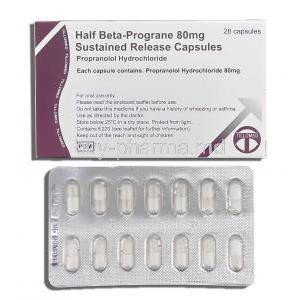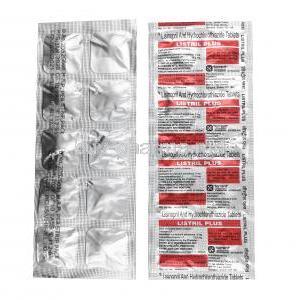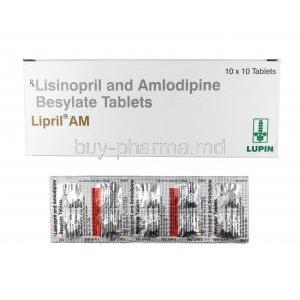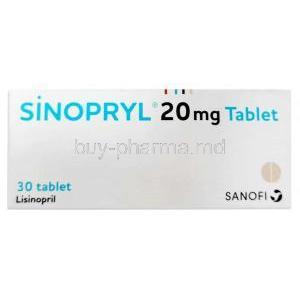Propranolol XR
- I. Introduction
- II. Uses of Propranolol XR
- III. Off-Label Uses of Propranolol XR
- IV. How Propranolol XR Works
- V. Dosage and Administration
- VI. Composition of Propranolol XR
- VII. Side Effects of Propranolol XR
- VIII. Interactions with Other Medications
- IX. Warnings and Contraindications
- X. Careful Administration and Monitoring
- XI. Important Precautions
- XII. Administration to Specific Populations
- XIII. Overdosage of Propranolol XR
- XIV. Storage Conditions for Propranolol XR
- XV. Handling Precautions for Propranolol XR
- XVI. Conclusion
I. Introduction
Propranolol XR is an extended-release form of propranolol, a medication known as a nonselective beta-adrenergic receptor blocker or beta blocker. It has been proven effective in treating conditions beyond its primary purpose as a heart medication. The development of propranolol in the 1960s was a milestone in cardiovascular medicine. The extended-release version, Propranolol XR, was explicitly designed to provide long-lasting effects reducing the need for frequent dosing. As a beta blocker, Propranolol XR works by reducing the impact of adrenaline and other stimulating neurotransmitters. This results in lowered heart rate and blood pressure. This medication can be taken orally in the form of extended-release capsules.
II. Uses of Propranolol XR
Propranolol XR is a medication that can address various health concerns. Its ability to regulate blood pressure and heart rhythm makes it a practical choice for managing conditions like blood pressure, angina, and irregular heartbeats such as atrial fibrillation. Additionally, it has gained recognition for its effectiveness in preventing migraines and treating tremors.
References:
Propranolol: Uses, Dosage, Side Effects, Warnings - Drugs.com
Propranolol Extended-Release Capsules - Cleveland Clinic
Propranolol Dosage Guide + Max Dose, Adjustments - Drugs.com
III. Off-Label Uses of Propranolol XR
Interestingly Propranolol XR has been found to have uses beyond the FDA-approved. It can help manage anxiety and panic disorders by reducing symptoms like a rapid heart rate and sweating. It can also effectively control symptoms of hyperthyroidism and adrenergic symptoms such as palpitations. Many performers or public speakers commonly use it to alleviate stage performance anxiety. Furthermore, there is emerging research suggesting that Propranolol XR may play a role in relieving symptoms of PTSD by reducing memories.
References:
Propranolol as an Adjunctive Treatment of PTSD - NEJM Journal Watch
IJMS | Free Full-Text | Propranolol versus Other Selected Drugs … - MDPI
IV. How Propranolol XR Works
Propranolol XR operates by inhibiting the effects of natural chemicals in the body, like epinephrine, on the heart and blood vessels. This action leads to a decrease in heart rate blood pressure and stress on the heart. By reducing the response of beta receptors, Propranolol XR lessens the likelihood of rapid and forceful heartbeats resulting in lower blood pressure and decreased oxygen demand for the heart. Propranolol XRs blocking of receptors dampens the usual "fight or flight" response promoting a sense of relative calmness and stability in various bodily systems.
V. Dosage and Administration
Standard dosing guidelines usually start with a dose and then increase gradually depending on how the patient responds and their tolerance. When it comes to adjusting the dosage, healthcare providers often take a careful approach, closely monitoring for any therapeutic benefits and possible side effects. It's important to note that specific patient populations, such as pregnant women or those with kidney or liver problems, may need customized dosing schedules and close monitoring and could be at higher risk of experiencing unwanted effects.
VI. Composition of Propranolol XR
The main component of this medication is propranolol hydrochloride, while other non-active ingredients may include gelatin, methylcellulose, and povidone. Propranolol XR comes in strengths such as 60 mg, 80 mg, 120 mg, and 160 mg capsules that gradually release the medication. Unlike beta blockers that mainly target beta-one receptors, propranolol is a nonselective blocker as it acts on beta-one and beta-two adrenergic receptors.
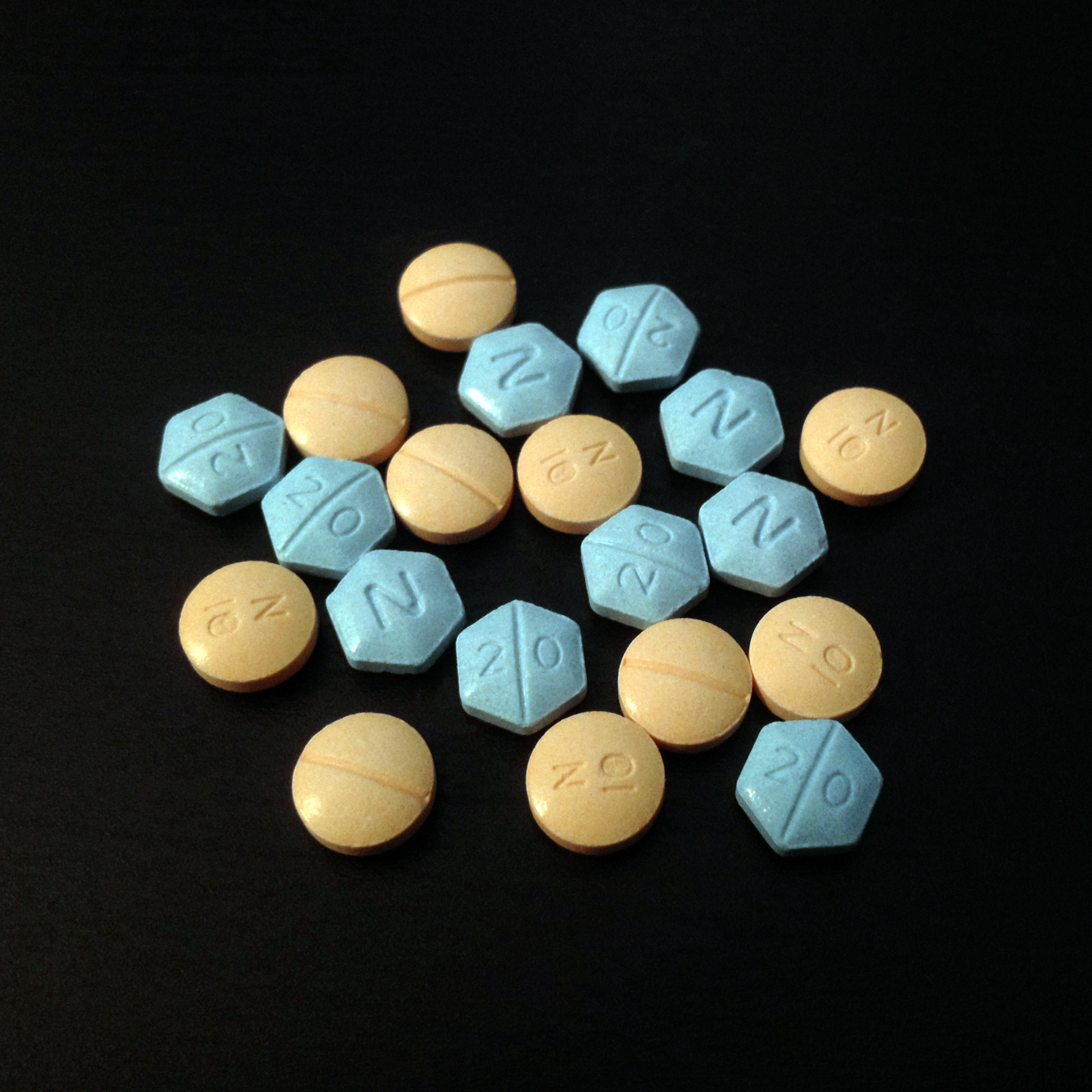
VII. Side Effects of Propranolol XR
a. Common Side Effects Feeling tired and weak Cold. Feet Experiencing gastrointestinal symptoms like nausea, vomiting, or diarrhea b. Severe Side Effects Breathing difficulties, such as shortness of breath and bronchospasm reactions that may present as a rash, itching, or severe swelling. Although Propranolol XR is generally well tolerated, it can have various effects throughout the body due to its systemic mechanism of action. This emphasizes the importance of monitoring and personalized care when prescribing this medication.
VIII. Interactions with Other Medications
Drug Interactions that Common; When taking antihypertensives and Propranolol XR, the blood pressure reduction may be intensified due to the combined effects of both medications. The products on heart rhythm can be compounded when Propranolol XR is taken with antiarrhythmics. It is important to note that NSAIDs can potentially decrease the impact of Propranolol XR since it operates within a complex biochemical environment affected by other medications. Potential Interactions with Food; Consuming high-fat meals may increase the absorption of Propranolol XR, which might require dosage adjustments. Alcohol and Propranolol XR; Drinking alcohol while taking Propranolol XR can enhance its blood pressure-lowering effect possibly leading to hypotension. It is advisable to limit alcohol consumption during this medication's use.
IX. Warnings and Contraindications
There are situations where it is not recommended to use Propranolol XR due to potential complications. For example, if a person has asthma taking Propranolol XR can worsen bronchoconstriction. Similarly, individuals with second or third-degree heart block should avoid using Propranolol XR unless they have a pacemaker. In some cases, caution should be exercised when using Propranolol XR for individuals with artery disease and diabetes. Careful consideration and cautious use may be necessary in situations. It is essential to approach patients with hepatic impairment when considering Propranolol XR carefully. Dose adjustments and frequent monitoring may be required for these individuals.
X. Careful Administration and Monitoring
It is crucial to monitor blood pressure and heart rate. It may be necessary to test liver and kidney function. If side effects become unbearable, adjustments to the dose strategies for managing symptoms or medication discontinuation may be required. To ensure treatment, educating patients about the significance of taking medication consistently and making them aware of potential side effects is essential.
XI. Important Precautions
Before beginning treatment with Propranolol XRA, a medical history review, and thorough physical examination is essential. This is crucial to consider any contraindications and potential interactions with medications. Once you start taking Propranolol XR, you must keep up with follow-up appointments and consistently monitor your blood pressure. These measures are essential for management. It is advisable to avoid stopping Propranolol XR due to the potential risk of rebound hypertension and tachycardia. Gradually tapering off the medication is generally recommended instead.
XII. Administration to Specific Populations
When it comes to patients, it's common to start with a lower dose and make adjustments as needed. They are more prone to experiencing side effects, so monitoring is essential. The safety profile changes for women and nursing mothers depending on the trimester. Before prescribing, it's necessary to consider alternatives and recommendations to ensure that the potential benefits outweigh the potential risks. Dosing calculations should be based on their weight when administering medication to children. While generally well tolerated, it is crucial to have guidance from a pediatrician regarding safety and effectiveness.
XIII. Overdosage of Propranolol XR
Signs and indications of an overdose may include bradycardia, low blood pressure, heart failure, and difficulty breathing. It is essential to seek medical assistance in such cases. Treatment options include providing measures administering beta-agonists and potentially using glucagon infusion. It is advisable to encourage patients to utilize pill organizers and follow a medication schedule to prevent overdose incidents.

XIV. Storage Conditions for Propranolol XR
Please store the product in a place with controlled room temperature away from any moisture or heat. It is essential to keep it in a location where children cannot reach it. Ensure not to use the product past its expiration date and follow the local guidelines for disposing of unused medication.
XV. Handling Precautions for Propranolol XR
Here are the paraphrased instructions; Safe Handling Instructions; Please handle the medication with your hands and keep it in its original packaging until you're ready to use it. Proper Disposal of Expired Medication; To ensure the safe disposal of unused or expired medication, you can either utilize drug take-back programs or follow the guidelines provided by the FDA. What to Do If You Miss a Dose; If you miss a dose, please take it as soon as possible. However, it's important not to double up on doses.
XVI. Conclusion
Propranolol XR is a beta blocker widely used for cardiovascular conditions and shows potential for managing anxiety and other disorders. It requires personalized administration to be effective. In terms of its role in therapy, Propranolol XR holds a place as a nonselective beta-blocker providing unique benefits in the treatment of both cardiac and noncardiac conditions. Further research on Propranolol XR should explore its applications, particularly in psychiatric settings, and optimize its use for different patient groups. This ongoing investigation will help refine its position within the range of treatments.












